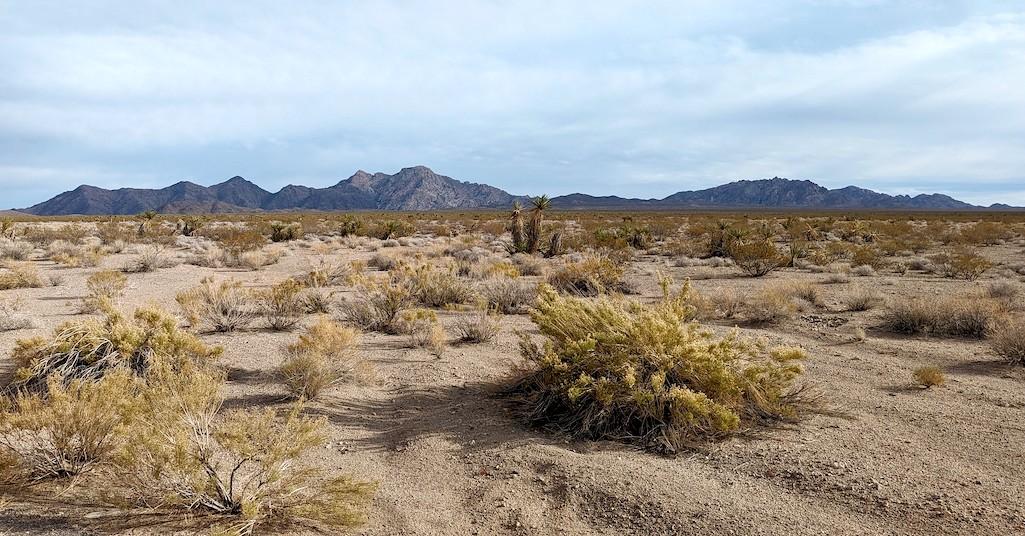
Spirit Mountain, Avi Kwa Ame National Monument/DOI
A roughly 500,000-acre tract of land at the confluence of the Mojave and Sonoran deserts in Nevada, a cultural focal point for a number of tribal nations, on Tuesday was designated as Avi Kwa Ame National Monument by President Biden.
The monument will protect innumerable objects of historic and scientific interest, including its namesake Avi Kwa Ame – or Spirit Mountain – and the surrounding arid valleys and mountain ranges that are historically important and sacred places for several tribal nations, the Interior Department said in announcing the designation.
The action builds upon decades of efforts from the Fort Mojave Indian Tribe and other tribal nations to honor their creation story and to protect the integrity of the historic, cultural, and physical landscape they hold sacred, said an Interior release.
“Avi Kwa Ame holds deep spiritual, sacred and historic significance to the Native people who have lived on these lands for generations. I am grateful to President Biden for taking this important step in recognition of the decades of advocacy from Tribes and the scientific community, who are eager to protect the objects within its boundaries,” said Interior Secretary Deb Haaland. “Together with tribal leaders, outdoor enthusiasts, local elected officials, and other stakeholders, we will manage this new monument for the benefit of current and future generations.”
The new Avi Kwa Ame National Monument consists of approximately 500,000 acres of federal lands within Clark County. The monument will be co-managed by the Bureau of Land Management as part of its National Conservation Lands System, and the National Park Service as part of the Lake Mead National Recreation Area.
The national monument’s desert mountains and valleys are marked by the history of more than 10,000 years of human inhabitants – from ancient petroglyphs, rockshelters, and artifacts, to more recent evidence of trade routes, historic mining, and military training during World War II. Mojave desert tortoise, Gila monster, desert bighorn sheep, and centuries-old Joshua trees are among the species that can be found on this diverse desert landscape.
The designation will facilitate a wide range of opportunities to recreate in the national monument, including hiking, hunting, motorized recreation, and camping. In 2021, Nevada’s growing outdoor recreation economy contributed nearly $5 billion to the state’s economy and supported more than 50,000 jobs.
“National monument status for Avi Kwa Ame will benefit wildlife and people alike as the lands they depend on will be conserved and restored for future generations. In addition, sites of significance for a dozen Tribes in the region will be permanently protected and opportunities for outdoor recreation in Nevada will be expanded,” said Collin O’Mara, president and CEO of the National Wildlife Federation.
In its release the Interior Department noted that "to ensure that management decisions are informed by Indigenous Knowledge and tribal expertise, the presidential proclamation calls for co-stewardship of the national monument with interested tribes that have historical and spiritual connections to the monument lands. In addition, the proclamation calls for the BLM to establish a monument advisory committee that includes representatives from tribal nations, local governments and businesses, recreational users, hunting organizations, and local citizens."
The designation does not affect valid existing rights, nor does it preclude the construction and maintenance of utility, pipeline and telecommunications facilities, roads or highway corridors, or water infrastructure, including wildlife water developments and water district facilities, that occur consistent with proper care and management of monument objects.


